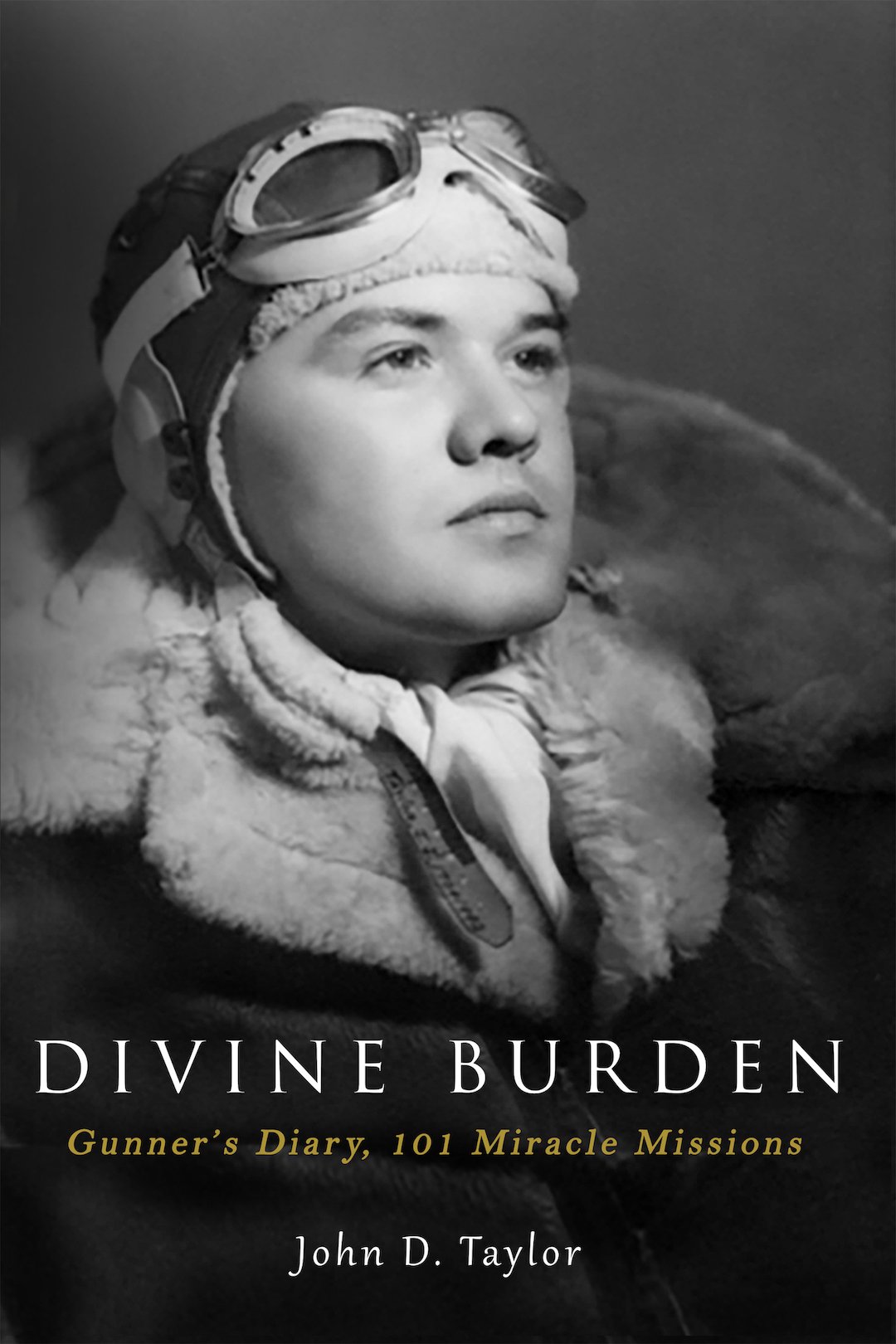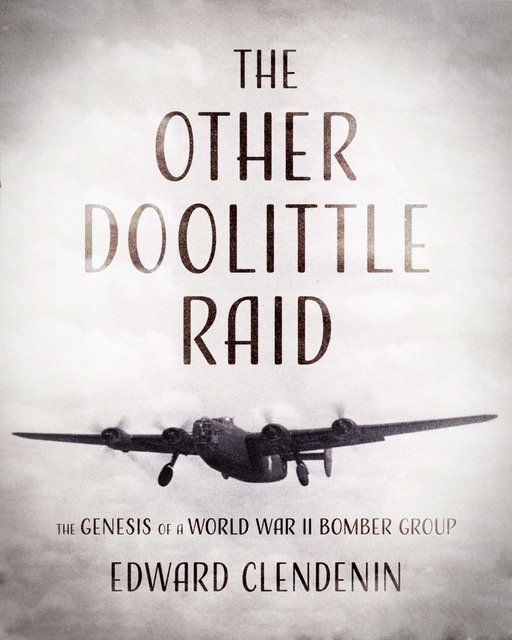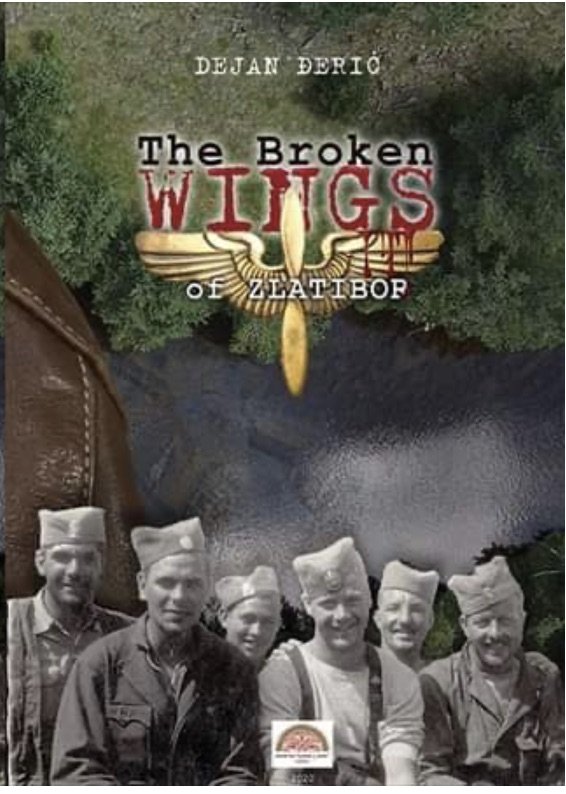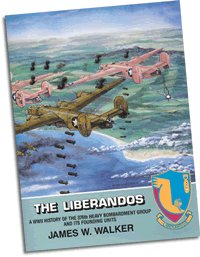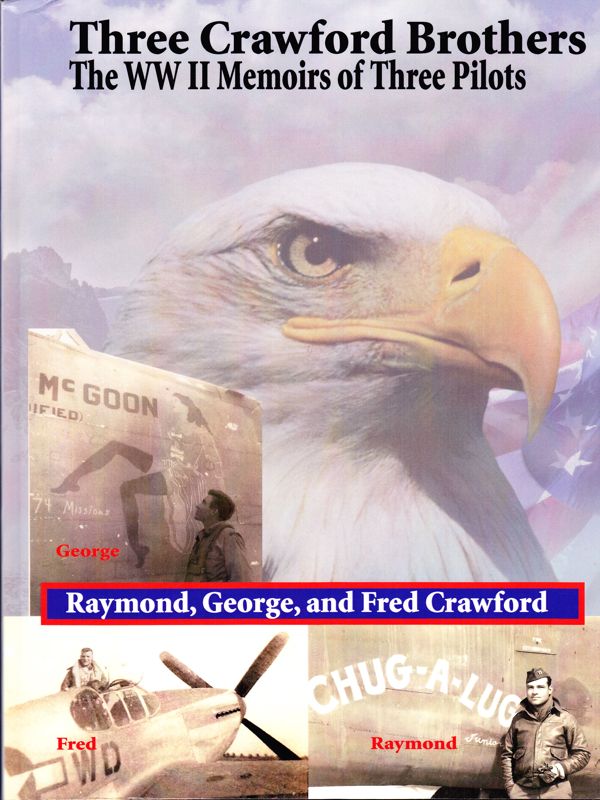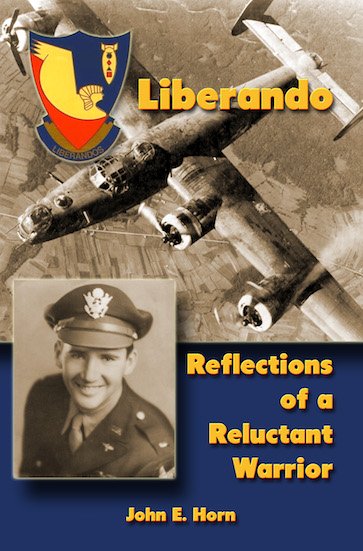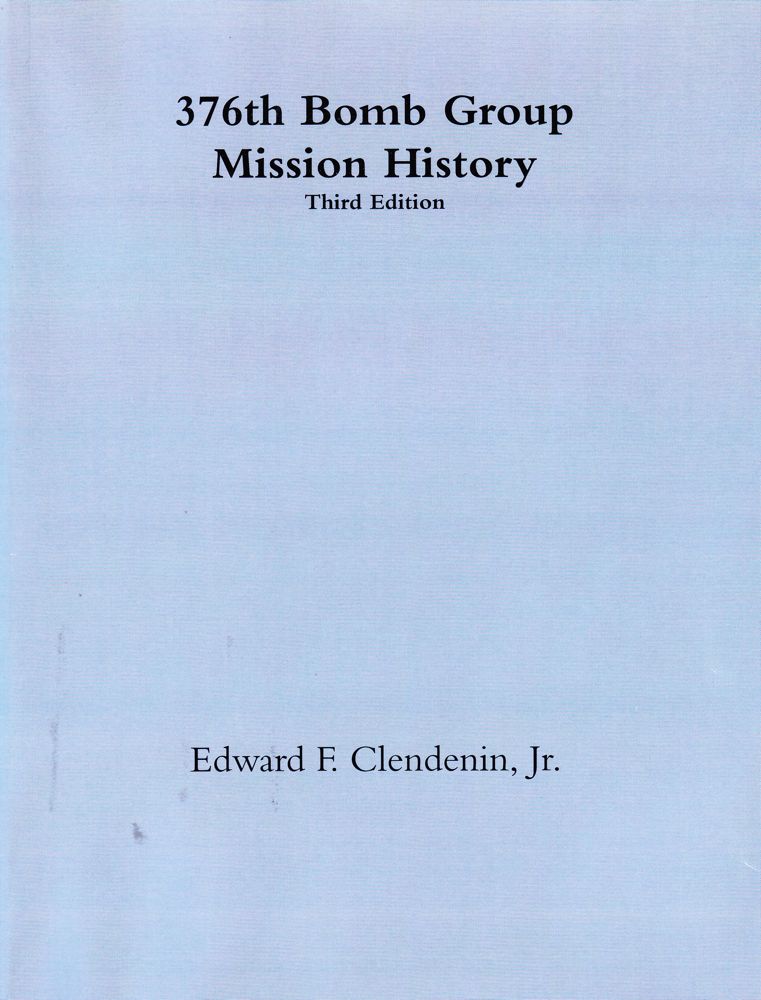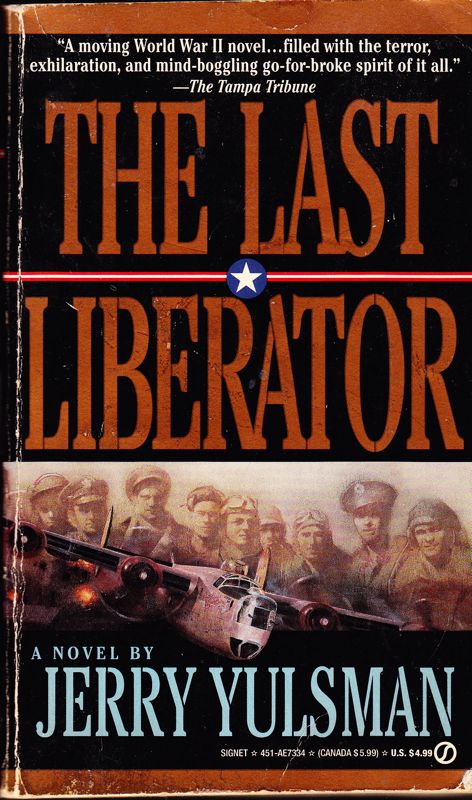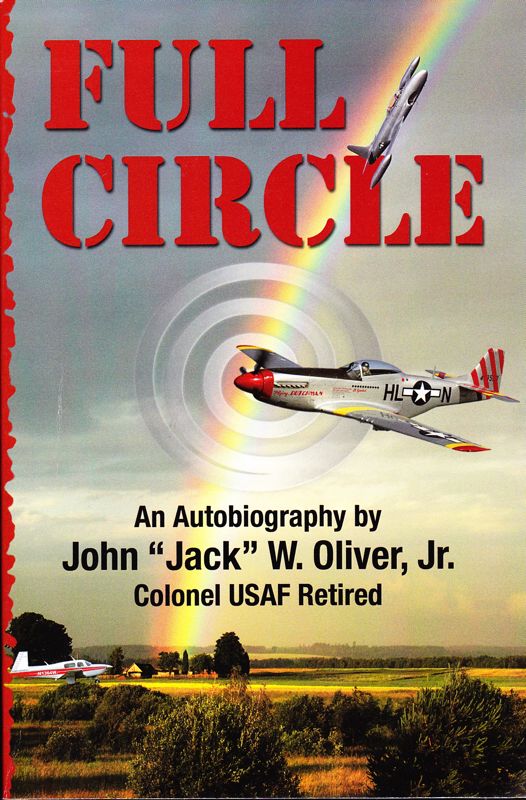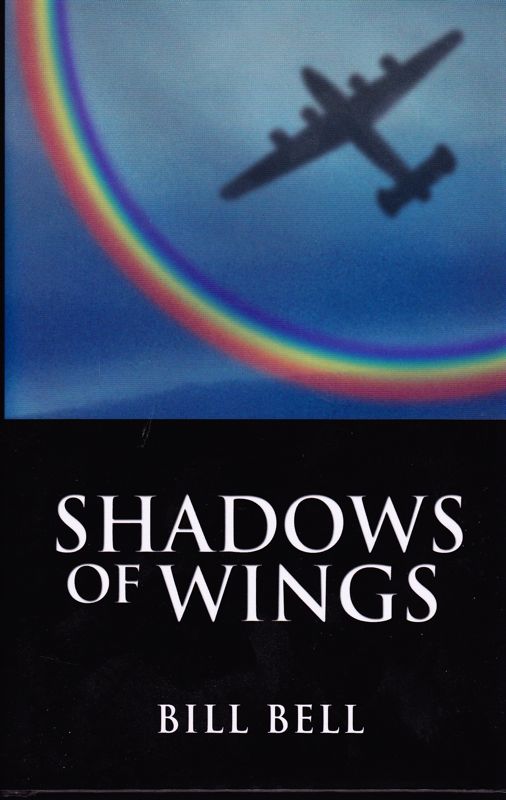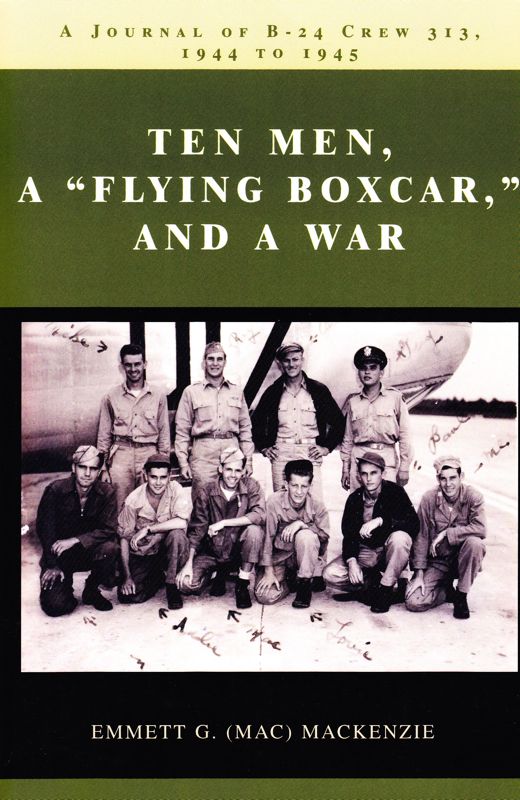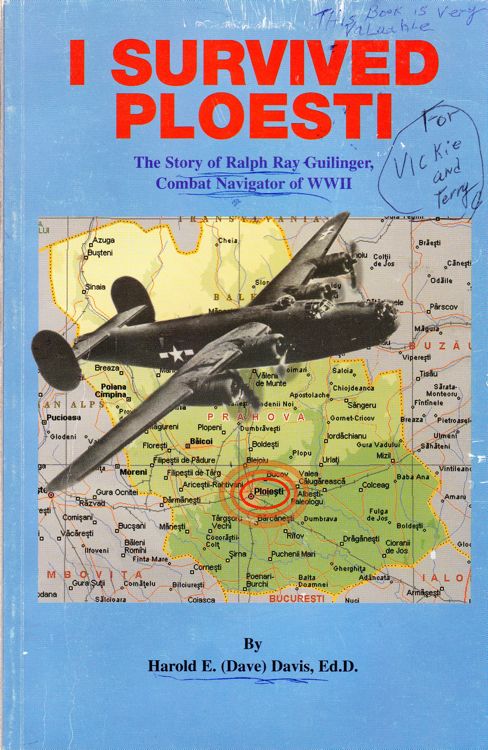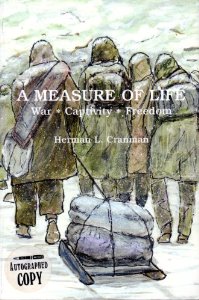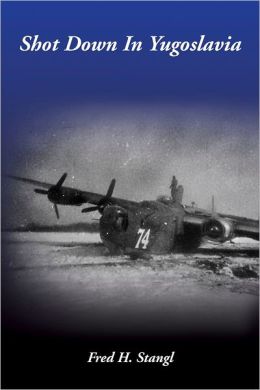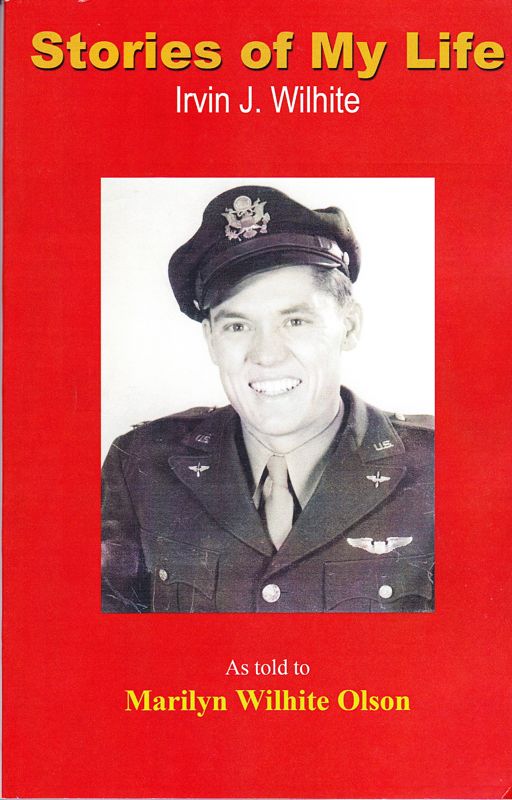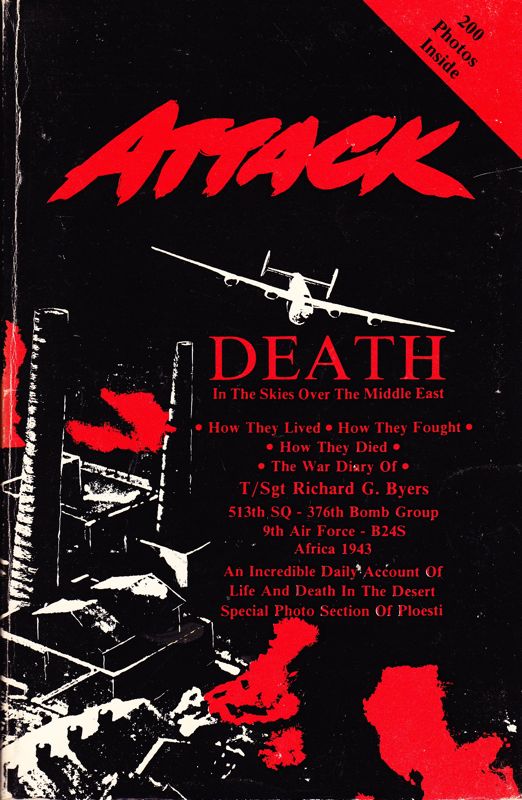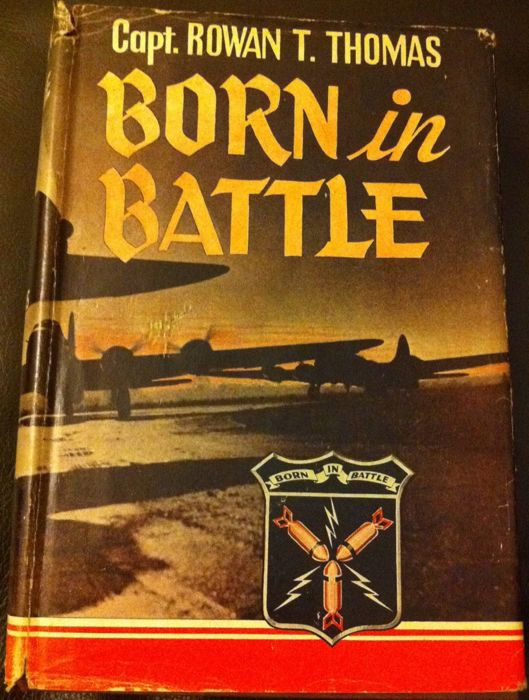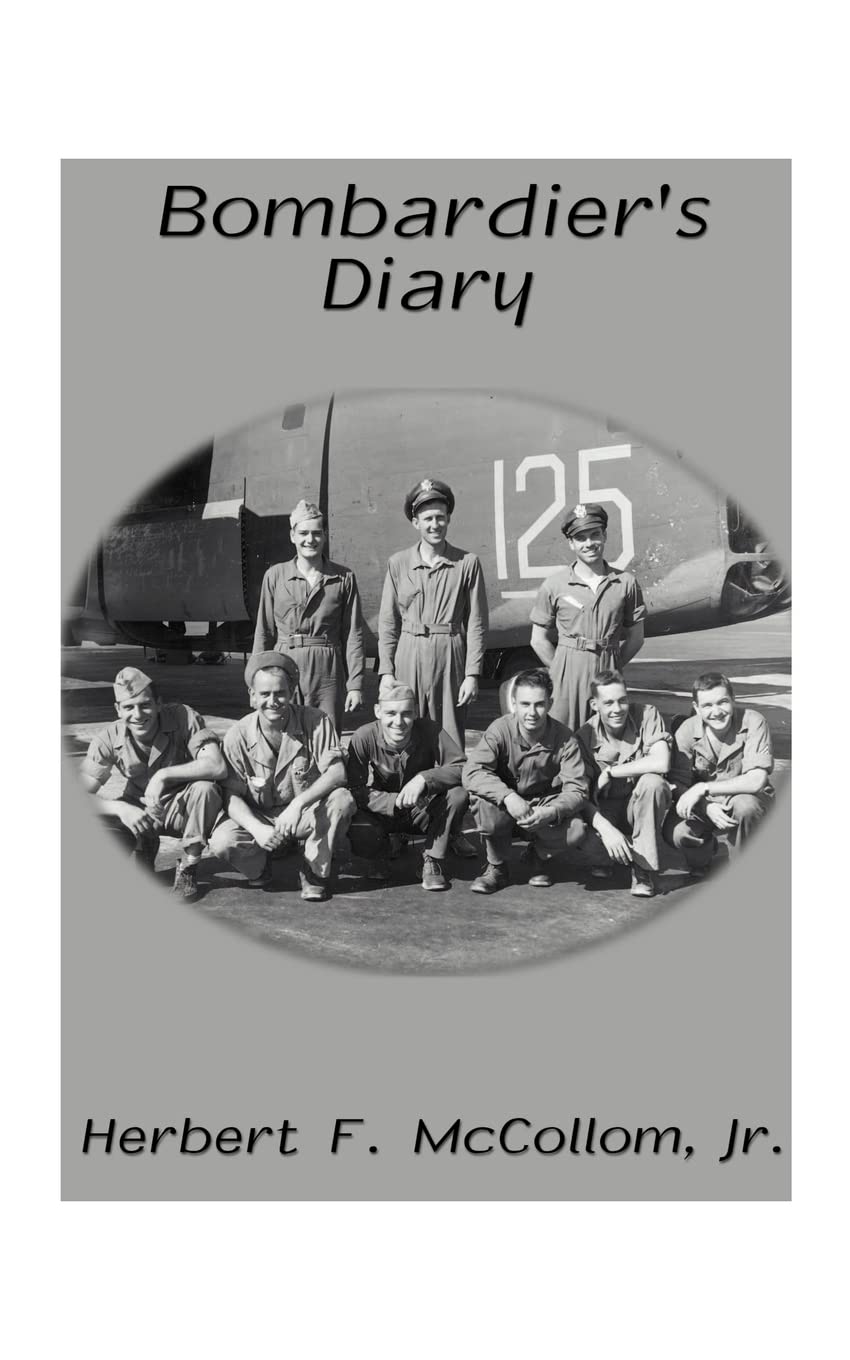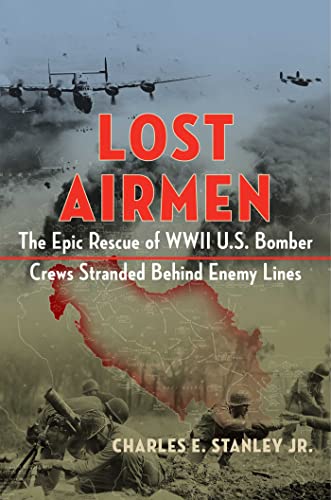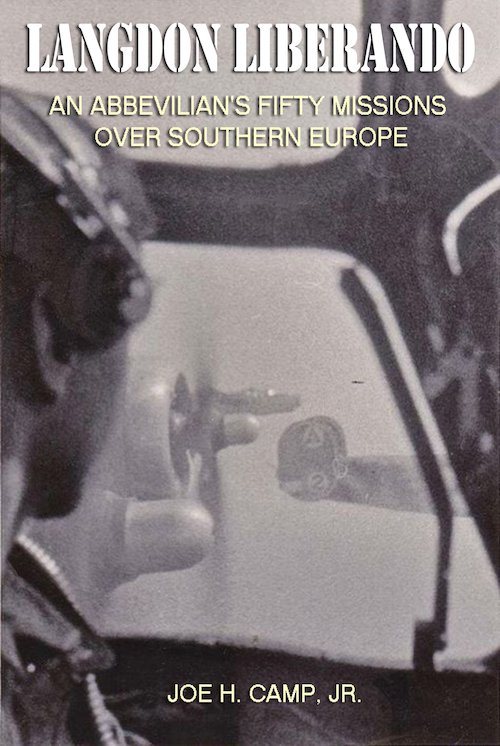Wilbur Mayhew Mission September 13, 1942
One of the major battles participated in by "Brereton's Bastards" occurred on the night of 13-14 September 1942. The Allies were going to land between 40,000 and 80,000 commandos from the Long Range Desert Group at the ports of Tobruk and Benghazi, in an attempt to capture them. If the commandos were successful, this would cut off nearly all supplies to Rommel's troops at El Alamein, thus ending the battle for North Africa. This was to be a major effort, so about 300 planes were involved in the total operation. Our B-17Es were to be part of the 101 (35 heavy, 66 medium) British and American bombers making a seven hour shuttle bombardment of Tobruk that night. (Tobruk was bombed 362 days out of 365.) Benghazi was hit by 20 B-24Ds at these same hours. The entire air attack stopped at 3:00 AM.( 0300) on the 14th, when the commandos landed.
Our five B-17Es hit Tobruk at midnight. Each plane was on its own, and we flew at different preset altitudes to reduce the chance of colliding over the target in the dark. Major Fennell was leading our squadron's attack, so our plane was scheduled to be first over the target. Our job was to keep the gunners on the ground busy, so the commandos would not be discovered sitting offshore. Consequently, we were supposed to remain over the target at least 30 minutes.
We took off from our advanced base at Landing Ground 224, west of Cairo, Egypt, at 8:30 P.M. (2030) on 13 September 1942. I had borrowed an electric flying suit from a B-24 gunner before we took off. Being a stupid kid, I had not checked out the suit plug before we left. To make matters worse, I left my heavy flying clothes behind. Once we were in the air, I climbed into the ball turret. It was after dark and I had no light inside the turret. I tried to plug the heated suit in but the plug on a B-24 suit did not fit a B-17 electrical outlet. Here I was, in a suit that consisted of two layers of cloth with electrical wires in between. However, in the ball turret I had a ring-side seat to all the fireworks.
We approached the target at 180 miles per hour from 25,000 feet. The temperature .was 50 degrees below zero Fahrenheit at that altitude that night. We could see the battle raging long before we reached it. There was a 50% overcast, and the reflections on these clouds of antiaircraft fire, bombs bursting on the ground, and shells falling from naval vessels a few miles off shore, made an eerie scene in front of us. Naturally, I was quite scared as we approached the target. I was spinning my turret, looking for night fighters, when suddenly the turret stopped rotating. I thought I was going to have a heart attack. This had never happened to me before, so I had no idea what I was supposed to do in these circumstances. I had no light in the turret, so I had to do everything by feel. I felt all around the inside of the turret until I felt a small lever. I moved it and the turret reengaged. My heart began beating again. The turret disengaged twice more, so I held the lever in place with one hand and rotated the turret with the other as we went over the target.
I mentioned earlier that I had learned to fly in the ball turret by reading the technical orders enough to get in and Pat read the orders to me after I entered the turret. However, neither of us read the entire orders. In addition, I had never flown in the turret at night before. The triggers for my two .50 caliber machine guns were on the ends of the two control columns that I used to operate the turret. As we approached the drop zone on our first pass, I turned the turret guns straight down so I could see where our bombs would land. I did not want to fire the guns, which could give our position away to any German night fighter at our altitude. Consequently, I slid my hands all the way down the turret control columns to be away from the triggers. What I did not know, because I had not read the entire tech. orders, was that the guns could be fired by auxiliary triggers attached at the bottom of the control columns. When I slid my hands all the way down the columns, I suddenly saw two streams of tracer bullets streaming away from our plane. I also heard a tremendous roar as both guns fired about a foot from my head. I was sure that night fighters had attacked us and my heart nearly stopped. However, as soon as I smelled the cordite, I realized I was the one that was firing, so I released my grip on the control columns and the firing stopped. I kept watching for our bombs to hit. As I watched, I saw a search light directly below us suddenly go out. The Germans never turned out any search lights during an attack, so I am sure that my burst of machine gun fire shot out that light. I certainly scared the rest of the crew, though.
When we were back on the ground, both the pilot and bombardier quizzed me about what had happened. The bombardier said that he was seeing in the bombsight all the antiaircraft shells that were coming up at us when suddenly he saw two streams of tracer bullets going in the other direction. He was so surprised he almost forgot to drop the bombs. The pilot told me that just before that happened, he had lost one engine. Therefore, he assumed that a night fighter had shot out that engine.
We dropped three of our 500-lb bombs on each of three passes over the target. As we approached the target on our first pass, a searchlight caught a British "Whimpy" (Vickers Wellington medium bomber) in its beam. Instantly, the other searchlights converged on that spot, making the" Whimpy" look like a moth in candlelight. There were 29 search lights in a circle around one master beam ( there were several such groups at Tobruk). There also were 29 radio controlled antiaircraft guns ( 88 millimeter) that operated automatically with these lights. These guns now sent up a cone of fire within the beam of the searchlights. It seemed to me that every antiaircraft gun in the world was firing at this plane. The bombs must have been still in the plane, because a few seconds after the lights caught it, it just seemed to explode, throwing flames all over that section of the sky. About a minute later, the same thing happened to another Wellington. As you can well imagine, this did not make me feel very good. In the dark, these planes appeared to be at our altitude, although I learned later that they were flying at 4,000 feet. At any rate, I was certain this would be our fate in a few minutes when we reached the drop zone. By this time, we were in range of the "ack-ack" ourselves, so I did not have time to worry about those planes any longer.
Anti-aircraft shells kept bouncing us around the sky with their explosions near us. Three times our B-17 was raised at least 10 feet by explosions beneath us. One time we nearly rolled over as a shell exploded beneath one wing. I was looking at stars, which I should not have been able to see from underneath the plane.
One small caliber ( probably a 40 millimeter) antiaircraft gun picked us up just before we dropped our first bombs. The line of tracers coming up from that gun looked like they were headed directly for my turret. It was very unnerving to watch the slow approach of that line of steel coming at me. However, when these shells reached what I would guess was about 15,000 feet, they feU back toward the earth. From then on I enjoyed watching those gunners waste their ammunition on us as they followed us across the sky.
As we could not see the ground at night from the altitude we were flying (25,000 feet), all we could aim at were the searchlights and "ack-ack" batteries so that we would not hit any of the ships standing offshore. On our first pass, our bombardier ( Joe Taulbee) luckily made a direct hit on an ammunition dump. I never saw such an explosion, before or since. I could have read a newspaper in my turret from the brilliant light produced by that explosion. Flame and debris flew several thousand feet into the air, then fell back to earth. The concussion actually rocked our plane, even at that altitude. The "ack-ack" did not come very close to us on our first run. However, shortly after our bombs hit the ground, the antiaircraft gunners started to get our range. None of their shots actually hit us, but they rocked our plane several times. We could not get out of the range of the antiaircraft guns because we had to find some kind of target to hit on our other two passes.
The other two bomb runs over the target were somewhat anti-climatic for our crew, but they were certainly nerve-wracking. I figured with all those guns firing at us ( the five planes of our squadron ), they could not miss us forever. The longer we stayed over the target the greater the chance of being shot down. To make matters worse, the number 3 engine on our plane lost oil pressure and had to be feathered directly over the target. However, we finally got rid of all our bombs. After being over the target for about 40 minutes, we finally headed for home in a hurry! As soon as we were safely away from Tobruk, I tried to get out of the turret, but I was so cold I could not on my own. A couple of the crew lifted me out. Realistically, I should have been dead from the cold ( 50 degrees below zero F. ). I think the only thing that saved me was the massive shots of adrenalin I had been receiving all night. However, I did not even have any frost bite.
Our problems were not over yet. Around 1:30 AM. (0130) number 1 engine gave off a shower of sparks and had to be feathered as well. We did not know what was causing the engines to quit, so we did not know how much longer the other two engines would continue to operate. Consequently, we all put on our ''Mae West" life jackets and parachutes, just in case. At the time we were flying over the Mediterranean about 60 miles from shore and about 200 miles from Lydda.
We reached Lydda about 2:35 AM. ( 0235 ) that morning and joined the circling B-17 sand B-24s. We were nearly out of gas and were flying on two engines, so we were given preference for landing.
….
The next morning we learned the results of the battle and also the condition of our remaining engines. Many of the new engines that succeeded in bringing the B-17 s home were in such poor condition, due to corrosion, that our crew chiefs said that they could have failed at any time. Five engines, including our two, failed during the mission.
The website 376bg.org is NOT our site nor is it our endowment fund.
At the 2017 reunion, the board approved the donation of our archives to the Briscoe Center for American History, located on the University of Texas - Austin campus.
Also, the board approved a $5,000 donation to add to Ed Clendenin's $20,000 donation in the memory of his father. Together, these funds begin an endowment for the preservation of the 376 archives.
Donate directly to the 376 Endowment
To read about other endowment donation options, click here.
Reunion
NOTE change in the schedule !!
DATES: Sep 25-28, 2025
CITY:Rapid City, SD
HOTEL: Best Western Ramkota Conference Hotel; 2111 North LaCrosse St., Rapid City, SD 57702; 605-343-8500
Click here to read about the reunion details.
